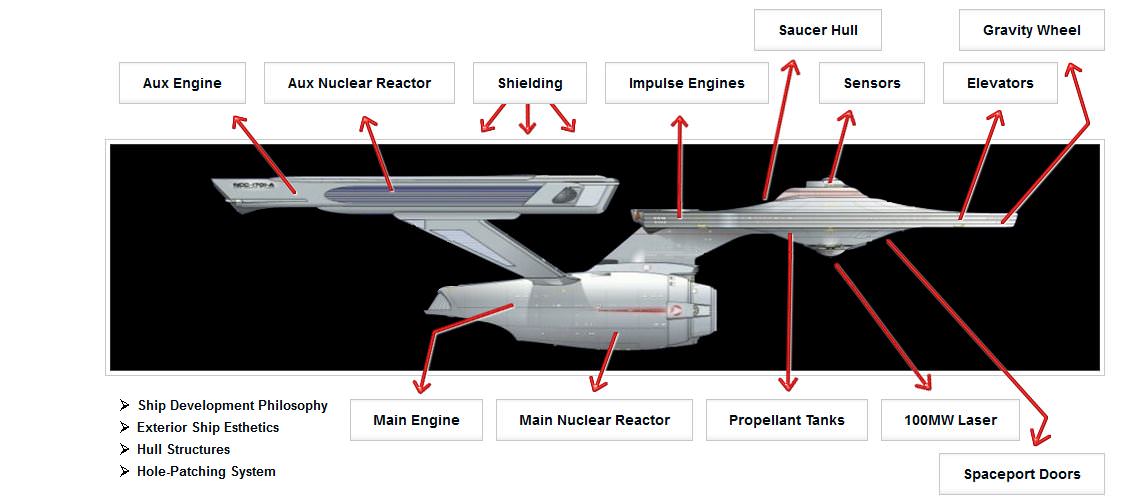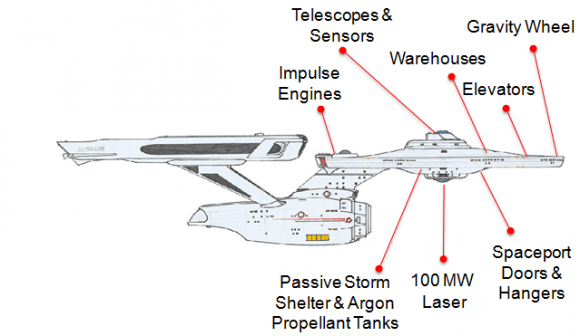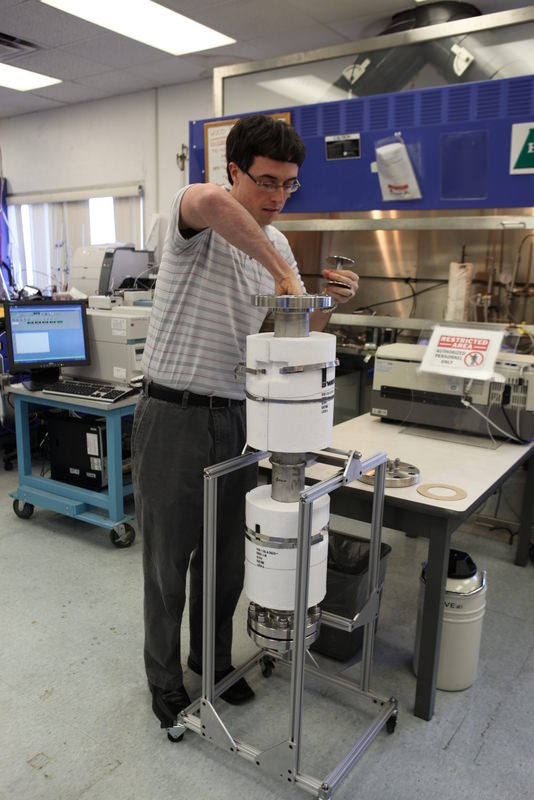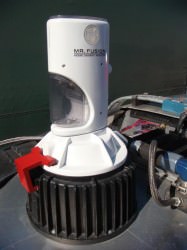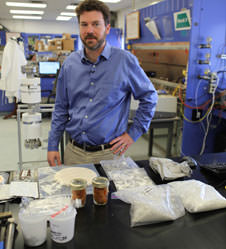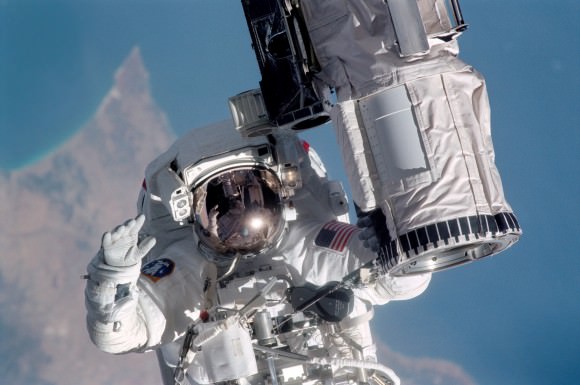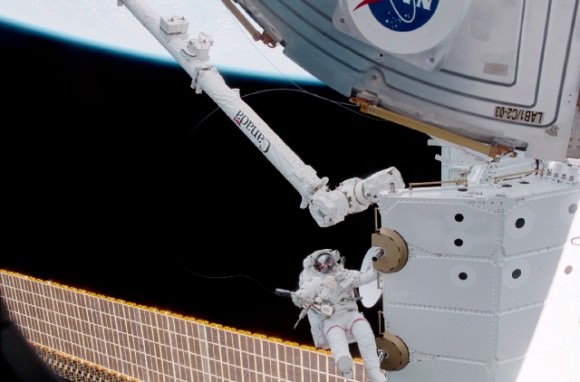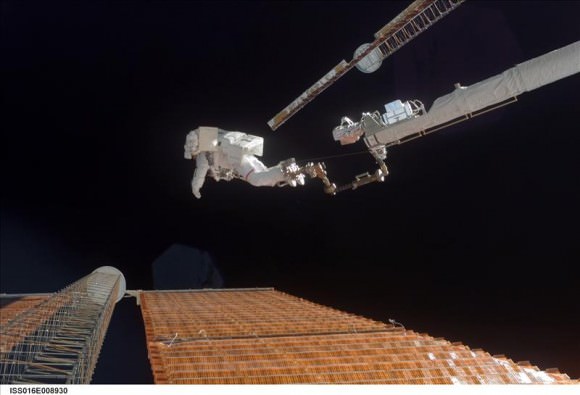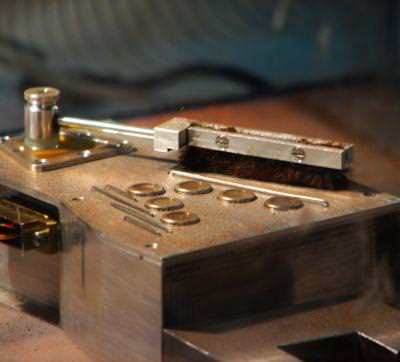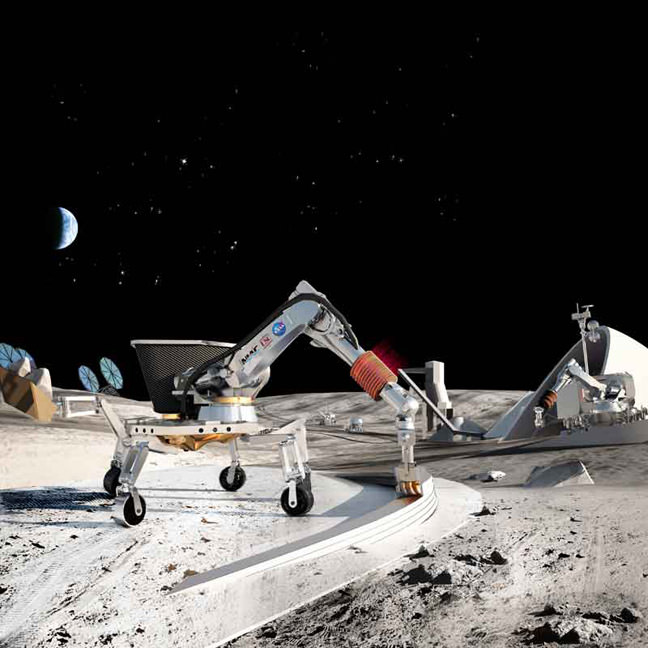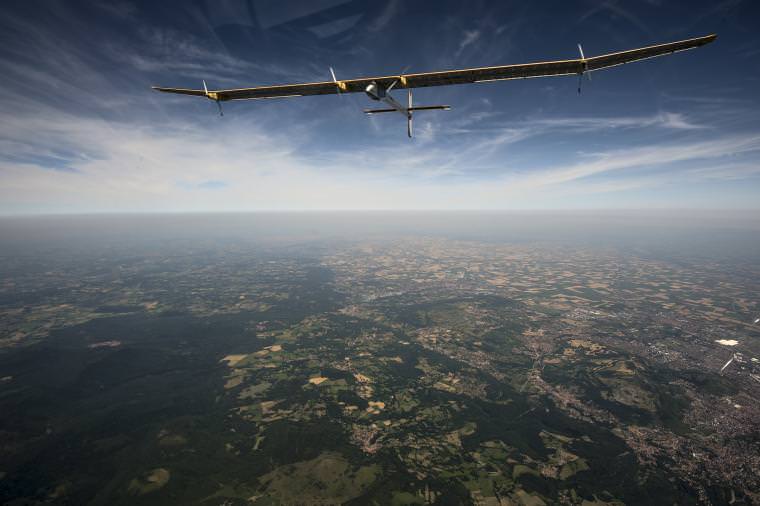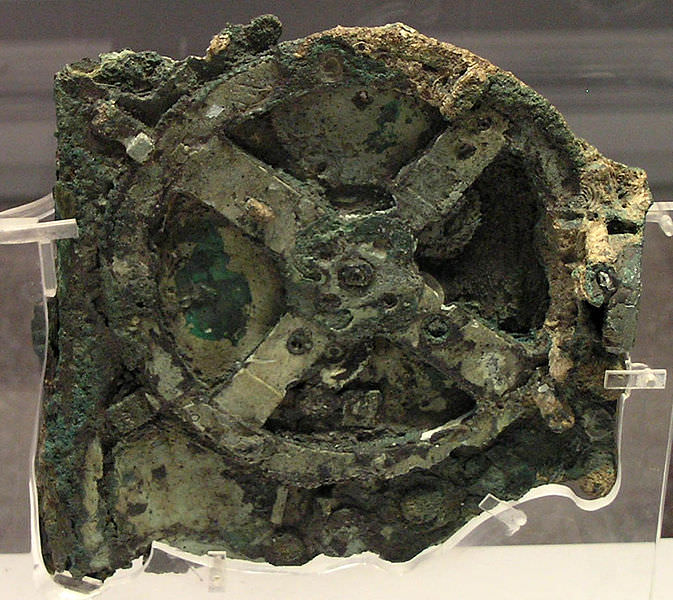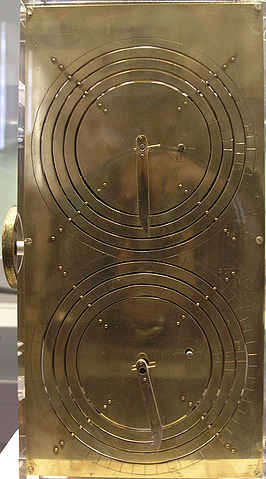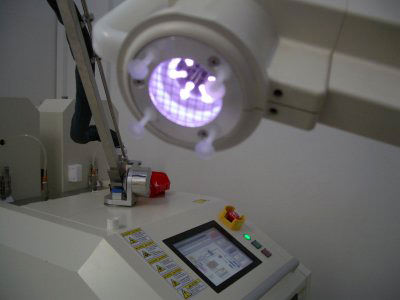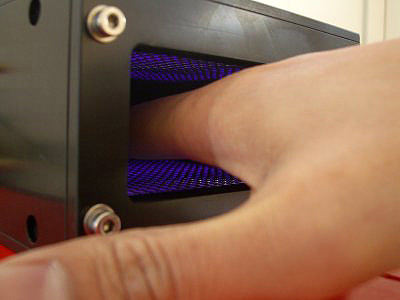On May 1, the world’s first solar-powered plane will take off from Moffett Field in Mountain View, California — the home of NASA’s Ames Research Center – and fly across the US to New York. Even though the Solar Impulse plane could probably fly non-stop, day and night with no fuel, instead it will make several stops in US cities such as Phoenix, Dallas, and Washington, D.C. This would be a kind of “get to know you” tour for the US while the founders of Solar Impulse, Swiss pilot Bertrand Piccard and and pilot Andre Borschberg, want to spread their message of sustainability and technology.
“It carries one pilot and zero passengers, but it carries a lot of messages,” Piccard said during a press briefing yesterday. “We want to inspire as many people as possible to have that same spirit: to dare, to innovate, to invent.”
The solar plane made its first intercontinental flight from Spain to Morocco last June, flew continuously through the night in 2010, and by 2015 they hope to fly a similar aircraft around the world.
The Solar Impulse HB-SIA has 12,000 solar cells built into its 64.3-meter (193-foot) wings. That’s longer than an entire Boeing 747 airplane but it weighs just 1,600 kg (3,500 lb), less than a car. It is powered by four electric motors.
Originally built only to prove the possibility of flying day and night, their goal for future flights is to fly for up to five days and five nights, all by one pilot. Such a feat has never been accomplished.
They are using meditation and hypnosis (Bertrand is a psychologist who uses hypnosis) to train the pilots as they prepare to fly on very little sleep, Borschberg said. He added that they are working on an autopilot system would have to be built on the next plane to allow for some rest.
The first stop for the Solar Impulse as it crosses the United States will be Phoenix, followed by Dallas and then one of three cities: Atlanta, Nashville or St. Louis. It will then stop outside Washington D.C. before heading on to New York.
The Solar Impulse team said the stopovers will be a great occasion to spread Solar Impulse’s message meant to inspire people. “Only by challenging common certitudes can there be change and, through conferences on educational themes, Solar Impulse wishes to motivate everybody to become a pioneer in the search for innovative solutions for society’s biggest challenges,” the team said.
You can check on the planned stopovers at the Solar Impulse website.


